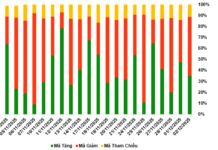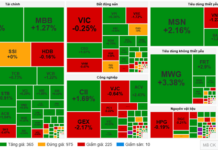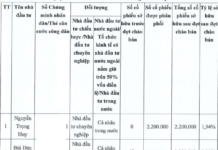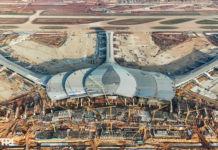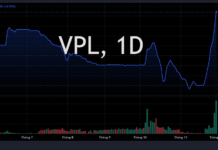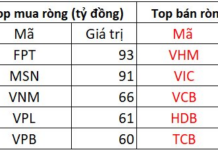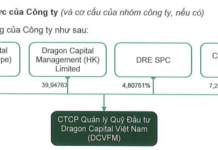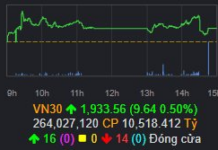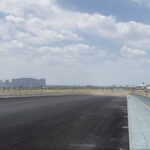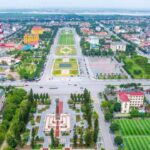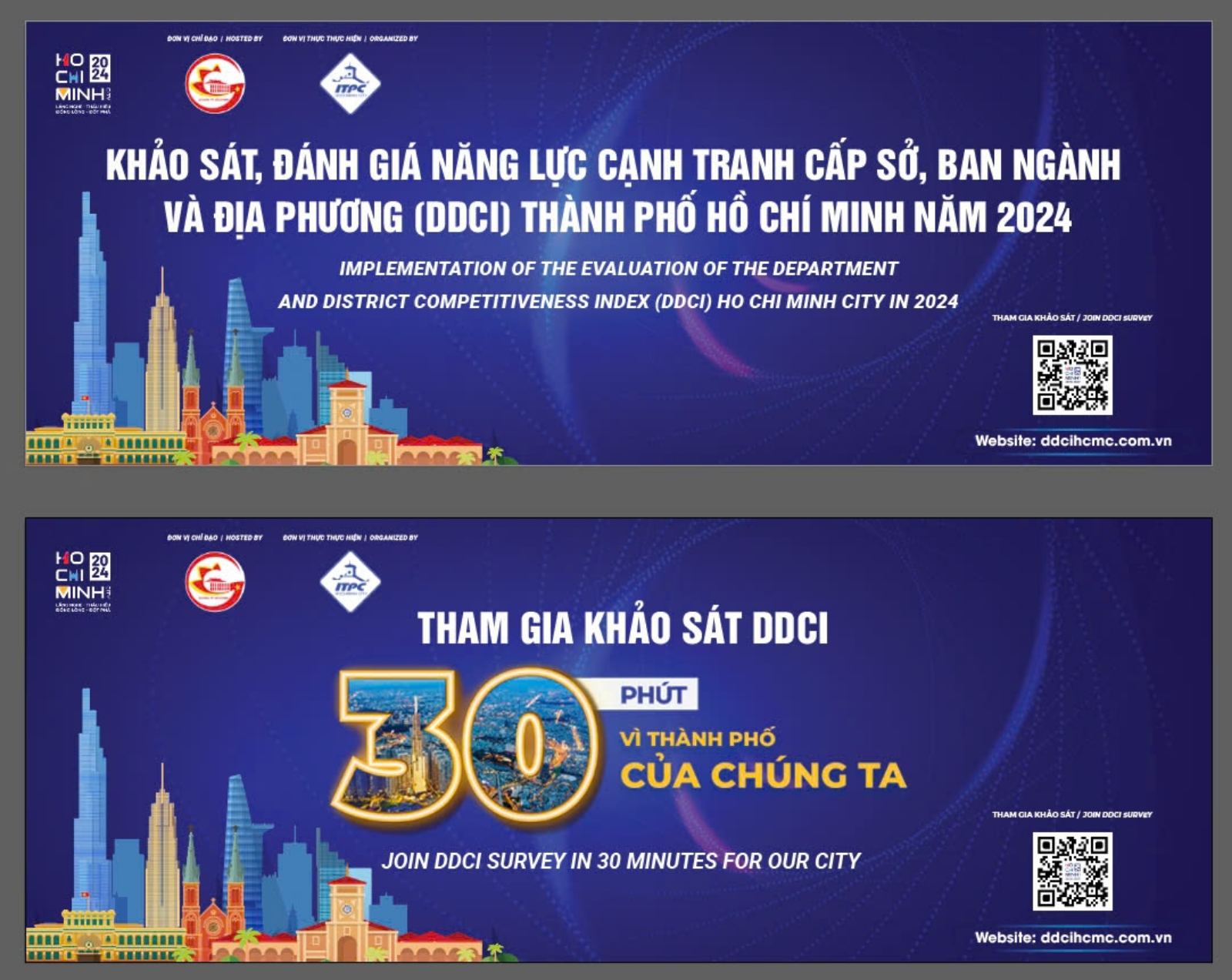 |
The DDCI (District and Department Competitiveness Index) is a powerful tool designed to assess the economic governance capabilities of district and department administrations in Ho Chi Minh City. By adopting this framework, the city aims to enhance the quality of public services, improve the business and investment environment, and foster sustainable economic development.
In 2024, the DDCI survey methodology will employ a hybrid approach, utilizing online platforms and direct interviews with businesses, cooperatives, individual business households, and strategic investors.
For departments and sectors, the DDCI comprises nine components: Transparent Information Access and Digital Transformation; Informal Costs; Time Costs; Equal Competition; Business Support Services; Legal Institutions; Dynamism, Creativity, and Unit Performance; Green Index; and Health and Living Environment Index.
Meanwhile, for local areas, the DDCI includes ten components: the previously mentioned nine, plus Land Accessibility and Stability in Land Use.
Implementing the DDCI in Ho Chi Minh City offers significant advantages. It enables the city to gauge the satisfaction of businesses, investors, individual business households, and cooperatives operating within its boundaries. This valuable feedback helps administrative agencies identify strengths and weaknesses, leading to targeted improvements in public services and the business environment. Moreover, by measuring and evaluating governance effectiveness, the DDCI contributes to enhancing the city’s Provincial Competitiveness Index (PCI) annually, fostering competition and driving administrative reforms and improvements in business-related procedures.
‘Leaping into a New Era’: Ho Chi Minh City Aims for a Per Capita Income of $13,000 per Year
To enter a new era, Ho Chi Minh City needs to quantify and select the most important indicators. In particular, the city must achieve an average income of approximately $13,000 per capita per year in the next five years to meet the standards of developed countries. This ambitious goal sets a challenging yet achievable target for Vietnam’s economic hub, reflecting a commitment to progress and a desire to elevate the city’s standing on a global scale.
Establishing Three Wards Within One District: A Strategic Move for Ho Chi Minh City’s Future Growth and Development
“This district has the unique distinction of being the only one in Ho Chi Minh City to establish a ward. Following the reorganization, the number of administrative units at the commune level will decrease from 16 to 10, a significant change for the district.”
The Slow Progress of Dong Nai’s Key Projects
Despite efforts to accelerate development, key infrastructure projects in the province of Dong Nai have been consistently delayed. Among these projects, one has fallen behind schedule by 500 days, while another faces the challenge of completing a bridge over a river without the necessary connecting roads.
Unlocking Southern Escape: A Half-Trillion Dong Investment to the Rescue
The Rach Dia Bridge, connecting District 7 and Nha Be District in Ho Chi Minh City, officially opened to traffic this morning, November 28, a month ahead of schedule. This infrastructure project is set to improve the traffic situation in the area, reduce congestion, and boost socioeconomic development in southern Ho Chi Minh City.

